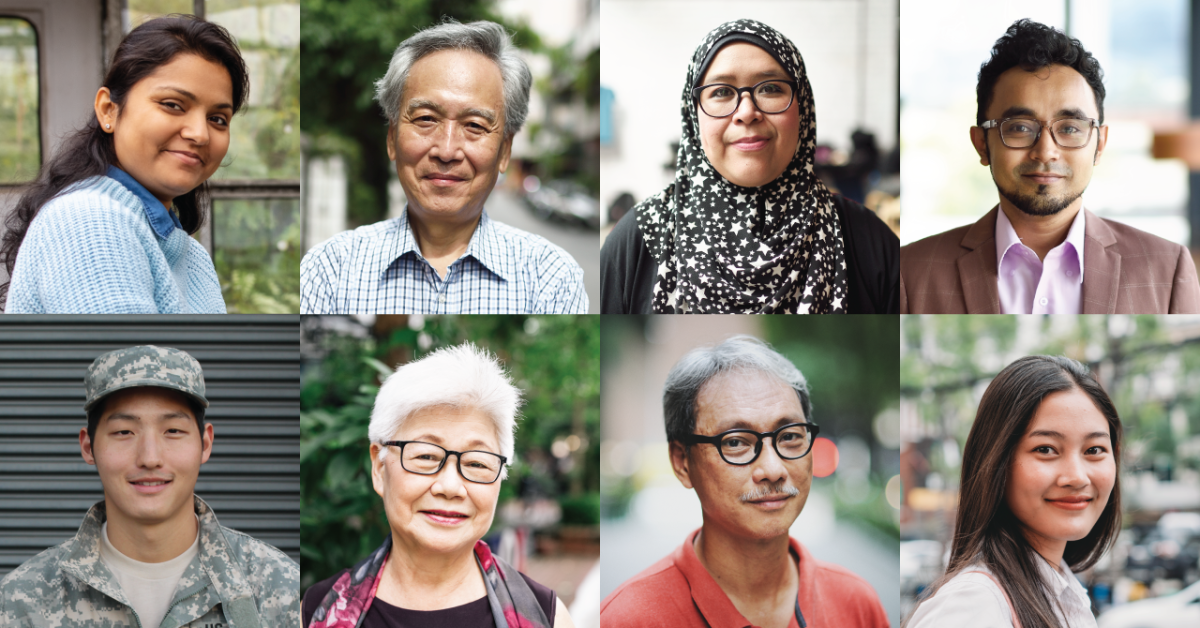The Influence of K-Pop on Asian-American Fashion Trends - The Facts

Traditional complies with Contemporary: The Evolution of Asian-American Traditional Attire

Asian-American standard attire has undertaken a exciting advancement over the years, mixing typical factors with contemporary designs. This fusion of the outdated and the brand-new has resulted in a dynamic and varied variety of garments that reflects the unique cultural identities of Asian-Americans. In this post, we will look into how Asian-American conventional clothes has grew, welcoming present day effect while keeping originated in tradition.
One noteworthy example of this advancement can be found in the popularization of hanbok among Korean-Americans. Hanbok is a traditional Korean outfit identified through dynamic colours and stylish product lines. In current years, there has been a resurgence of passion in hanbok among younger productions who are looking for to reconnect with their Korean heritage. Having said that, as an alternative of adhering strictly to tradition, they have incorporated present-day aspects right into their clothing.
For occasion, some Korean-Americans have started exploring along with different textiles and patterns to create even more contemporary versions of hanbok. They could combine jeans or floral printing right into the style while still protecting the total contour and framework of the traditional gown. This blending of aged and new allows them to share their social identity while additionally taking advantage of their American childhood.
Similarly, Research It Here -American fashion has additionally saw a switch in the direction of integrating present-day components right into traditional clothes. Qipao, also recognized as cheongsam, is a form-fitting dress that emerged in Shanghai in the 1920s but is now worn through Chinese women around the world in the course of special events.
In current years, Chinese-American designers have been reimagining qipao by infusing it along with modern-day cuts and patterns. They have offered variations such as higher slits or off-the-shoulder designs that incorporate a touch of sensuality and attraction to this classic garment. Through combining typical contours with contemporary trends, these designers are producing an updated model that allure to both younger generations and those who enjoy practice.
An additional example can be found in the evolution of typical Indian clothing, such as the sari, among Indian-Americans. The sari is a functional garment consisting of a long piece of cloth draped around the physical body. While it has been worn for centuries, Indian-Americans have found innovative methods to include modern elements in to their saris.
Some Indian-American designers have experimented along with various materials and appearances to make one-of-a-kind variants of the standard sari. They may make use of unusual products like cotton or sequins, or incorporate contemporary decorations such as adornment or beadwork. These modern touches carry a new and trendy spin to the traditional garment while still honoring its social importance.
The development of Asian-American conventional attire is not simply limited to garments but additionally stretches to add-ons. For instance, Asian-American fashion jewelry professionals have been reinterpreting typical designs through integrating contemporary components and approaches. They could mix priceless metallics with non-traditional components like lumber or material to make declaration parts that mixture heritage along with technology.
In addition, Asian-American fashion trend shows and celebrations offer a system for designers to showcase their fusion developments. These events commemorate both heritage and diversity through including versions from various Eastern histories wearing modern interpretations of their particular standard clothes.
In final thought, Asian-American typical outfit has experienced an amazing development over opportunity, mixing conventional factors along with contemporary styles. Coming from hanbok in Korean-American manner to qipao in Chinese-American style and saris in Indian-American style, these garments now integrate contemporary cuts, cloths, patterns, and embellishments while still taking advantage of their social origins. The fusion between custom and development not simply permits people to convey their special social identities but additionally serves as a celebration of range within the Asian-American neighborhood.
